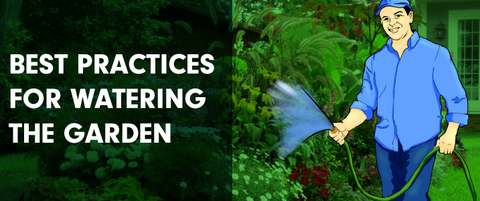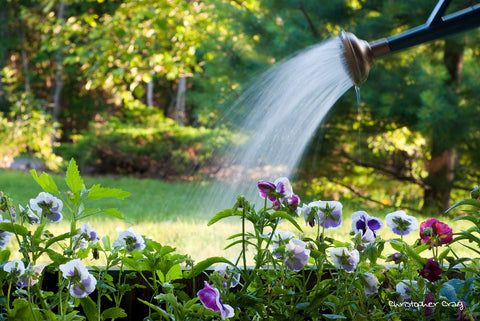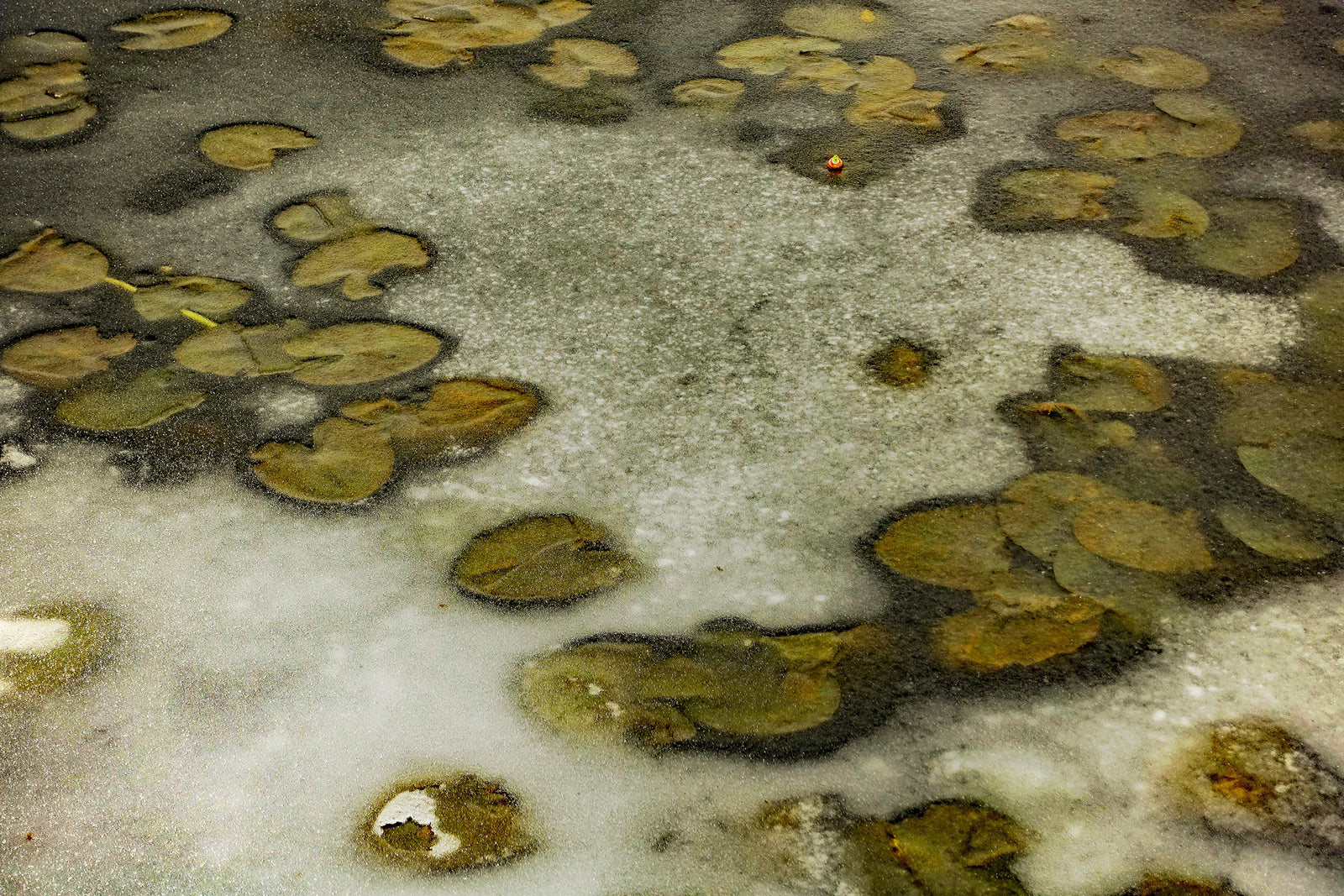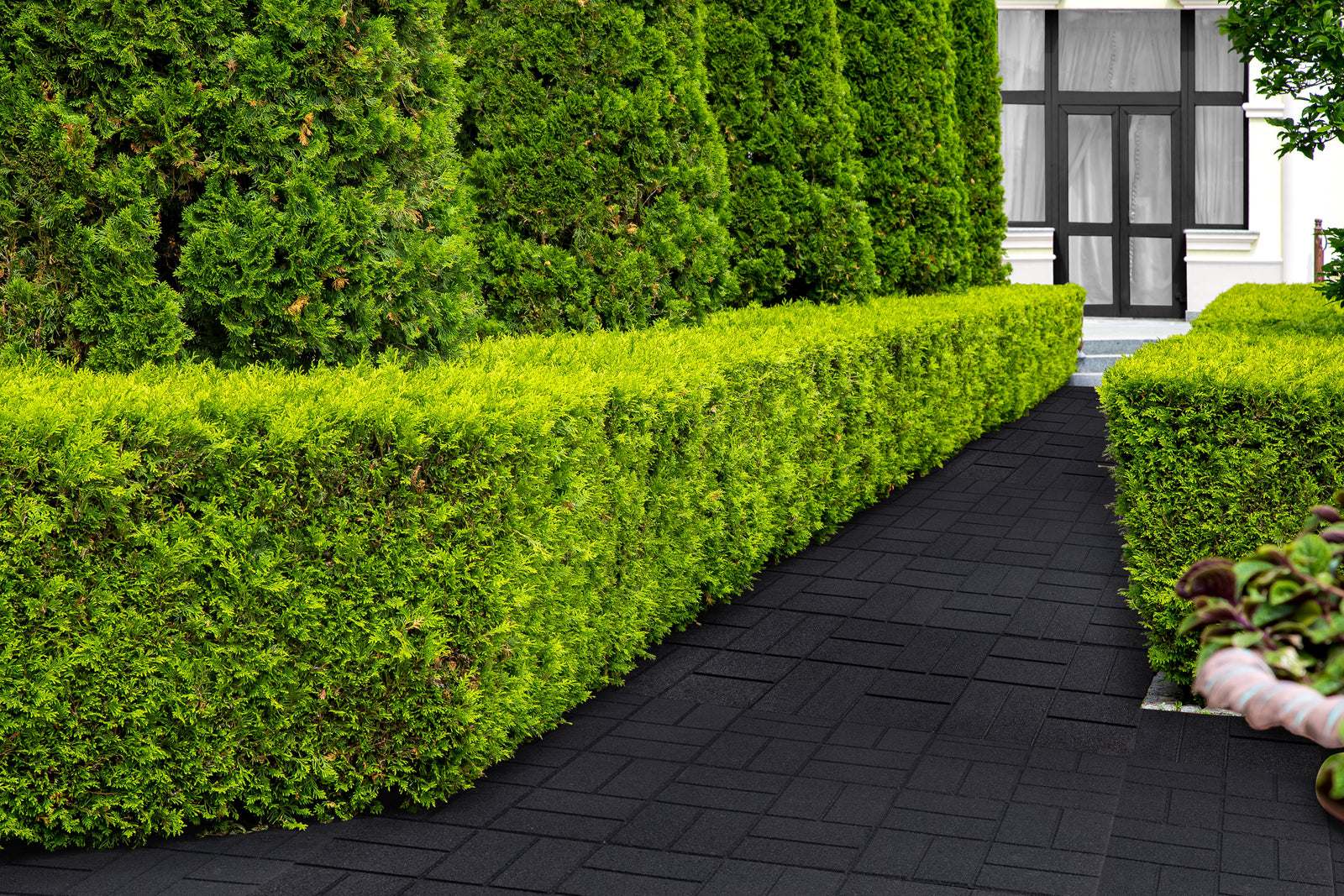August 15, 2016
Watering the Garden - Basic Tips

Best practices stem from thoughtful observation. With temperatures rising and many people experiencing unbearable heat, imagine what the plants in your garden are going through. If you expect them to flower and bear fruit, you have to water and care for them the right way.
Where to water?
A gardening rule of (green) thumb is “keep water in the ground” where roots need it most. This means avoiding wetting flowers, fruit, and leaves, as it can invite plant diseases that thrive in a moist environment. Keep your eyes peeled for plants that are showing signs of wilting or rot. Droopy leaves are first clues of a plant losing moisture too fast, and they are usually found in big-leafed types.
Observe vegetables and fruit-bearing plants as well. For instance, tomatoes can have end rot, which are rotting patches at the bottom of a fruit. This means they haven’t been watered consistently, usually going from a very dry environment to a sudden wet one. Paying attention to these “first indicators” in your garden can give you an idea where to concentrate your watering - or where to ease up.

How much water to use?
A hot day calls for deep watering so it can reach the roots of plants to fortify and encourage growth. However, young and small plants need gentler watering techniques. If you’re using a garden hose on small plots, use its shower-like setting so that it sprinkles water instead of gushes, which can potentially drown seedlings and starts. Once the water starts forming a puddle on the surface, move on to the next plants but make sure to re-water a plot until the soil is thoroughly moist.
What time to water and how often?
In a vegetable garden, it’s important to water at least twice a week - thrice in really hot weather. If your plants are in containers, you should water daily as containers tend to dry out faster than garden beds. If you have a sprinkler with a timer, it will make your watering schedules a lot easier to follow. Simply set the sprinkler in the early morning up until it starts to get warmer. Avoid watering in the evening because the dew, combined with the newly-introduced water, could encourage fungal growth or rot.
How can I conserve water?
With droughts come concerns of water shortage and how not to waste it. Garden soil needs mulch so water doesn’t evaporate as quickly in very hot weather. Two to three inches of mulch can act as protective layer from weeds and pests, while allowing water and fertilizer to seep through and stay in the soil and roots where they’re needed. It also prevents the sun from baking the soil underneath.

If you really want to conserve water by not using sprinklers or a garden hose, harvest rainwater or collect water left over from boiling vegetables instead. Not only are you recycling a much-needed resource, you’re also introducing added nutrients to nourish your growing plants.

Also in Rubber Mulch Blog

Embracing Eco-Friendliness by Choosing Rubber Mulch for Your Playground
June 17, 2025
“Reuse, Recycle, and Reduce” are three main aims when it comes to preserving the health of our planet. Rubber mulch definitely falls within their scope. Conserving resources, energy efficiency, and better health for kids are all rubber mulch benefits.

Effective Mold and Fungi Prevention: The Hidden Value of Rubber Mulch
October 31, 2024

Create Your Own Sensory Path with Rubber Pavers
October 28, 2024
shop
Copyright © 2025 RubberMulch.com - All Rights Reserved.






